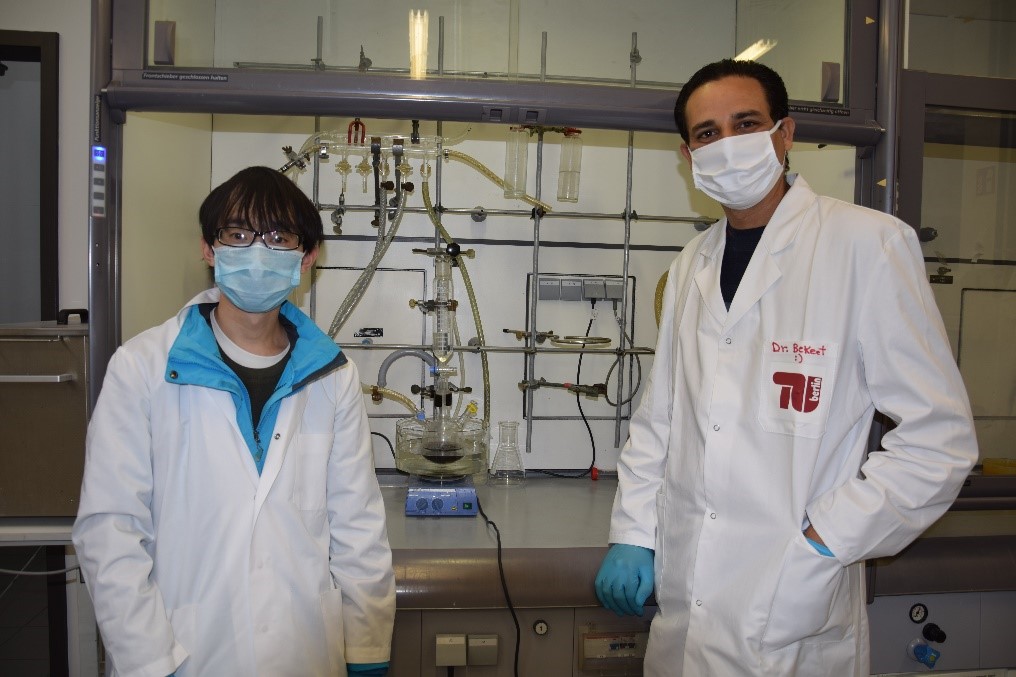
Tiny metallic nanoparticles could be greatly enhanced for a wide range of commercial applications by embedding them in ceramics. Researchers in Germany report a simple procedure for making such metallic nanoparticle-ceramic composites (nanocomposites) in the journal Open Ceramics.
“We produced several of the composites in a one-step chemical reaction using readily obtainable starting materials,” says research group member Maged Bekheet of the Technische Universität Berlin, Germany.
The appeal of metallic nanoparticles lies in their unique electronic and optical properties, which partly rely on quantum mechanical effects that extend throughout their structure. These properties offer opportunities for innovations in such diverse fields as chemical catalysis, electronics, optics, sensor technologies and magnetism.
Until now, however, developments have been limited by poor stability under the conditions required for practical applications. “This problem can be solved by embedding the metal nanoparticles in amorphous ceramic matrices,” says Bekheet.
Ceramics, including those used in pottery, are a diverse group of hard but brittle materials containing various chemical elements and always including some non-metallic elements such as silicon, oxygen, nitrogen and carbon.
Bekheet and his colleagues turned to silicon-containing polymers to make their ceramics, which belong to a category known as polymer-derived ceramics (PDCs). They chose PDCs due to their high stability, resistance to corrosion and appropriate behaviour when heated or exposed to a range of chemical conditions.
Their simple reaction formed the necessary precursor chemicals in a single reaction vessel while being stirred at low temperatures under a protective atmosphere of the inert gas argon. Raising the temperature to between 700°C and 1100°C then generated the nanocomposites within three hours.
Some of the resulting nanocomposites containing either nickel or palladium metals proved to be excellent catalysts for an important industrial reaction known as dry reforming of methane. This converts methane, widely known as natural gas, together with carbon dioxide, into a mixture of carbon monoxide and hydrogen called syngas, which is a key starting material for many processes in the chemical industry.
Another of the nanocomposites, containing tin as its metallic component, possessed properties that would make it suitable as an electrode material for rechargeable batteries. These initial examples demonstrate just three possibilities out of what the researchers hope will be a wide range of useful properties of their nanocomposites.
Bekheet emphasises the possible significance of using the nanocomposites as more cost-effective and efficient catalysts for turning the greenhouse gases carbon dioxide and methane from problems associated with global warming, into useful resources for making other chemicals.
“We also hope our work will inspire other researchers to explore making metal-containing ceramic nanocomposites for many applications,” Bekheet adds. He points out that the team initially expected to produce only a few nanocomposites using their approach, but were surprised to find that it shows potential to make a wide variety. Exploring all of the possibilities this opens up will take time, but could prove very fruitful.
Article details:
Bekheet, M. F. et al.: “Metal-containing ceramic nanocomposites synthesized from metal acetates and polysilazane,” Open Ceramics (2020).



